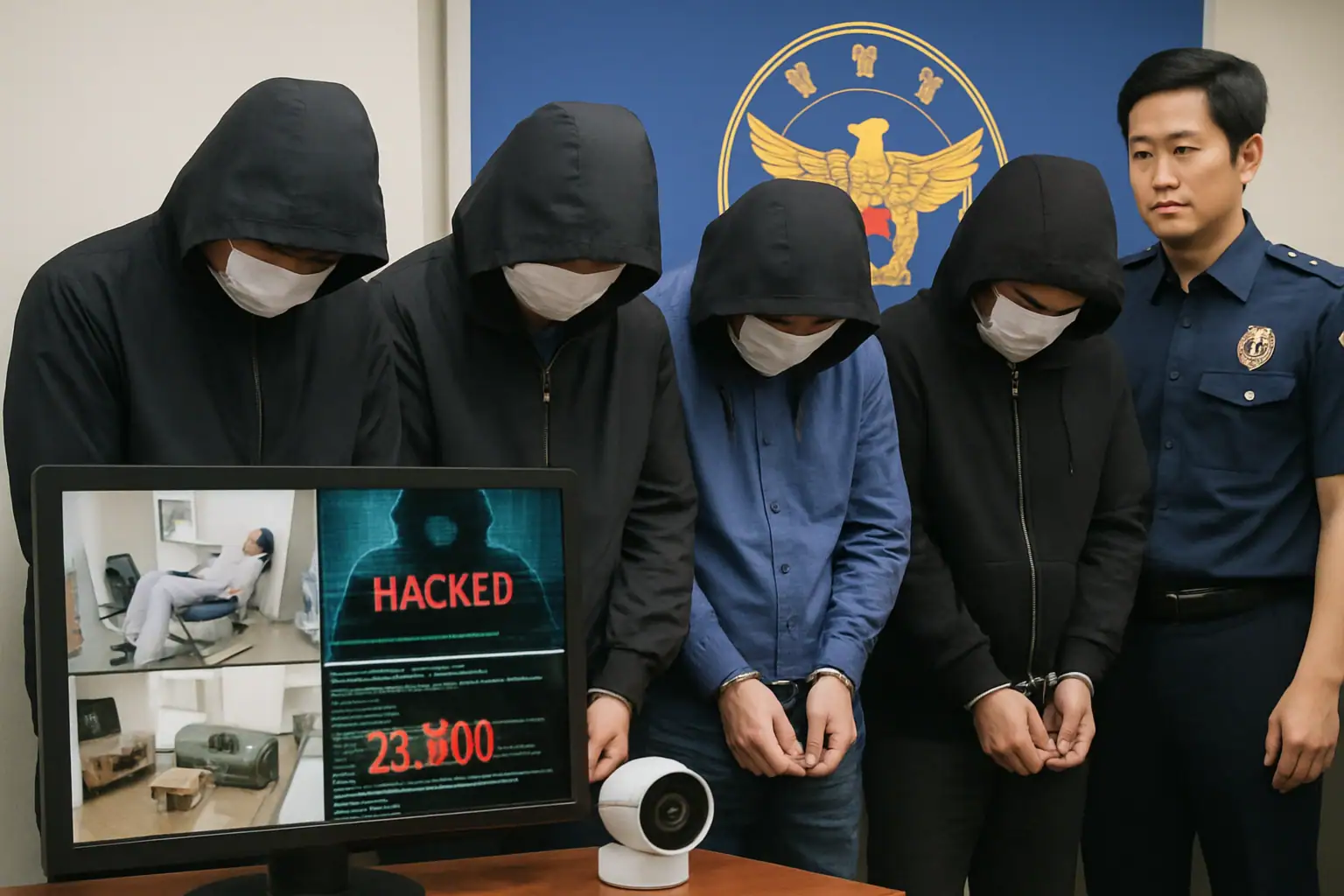Kaspersky Lab researchers have recently uncovered a new and sophisticated malware strain, dubbed CMoon, targeting a prominent Russian energy company. This discovery highlights the evolving landscape of cyber threats facing critical infrastructure and emphasizes the need for robust cybersecurity measures in the energy sector.
The Anatomy of CMoon: A Multi-Faceted Cyber Threat
CMoon, a .NET-based worm, demonstrates a range of malicious capabilities that pose significant risks to infected systems. The malware’s primary functions include:
- Exfiltration of sensitive and financial data
- Execution of DDoS attacks
- Self-propagation to other devices
- Screen capture of infected machines
- Collection of browser data, including saved passwords and autofill information
What sets CMoon apart is its ability to target specific files containing keywords such as “secret,” “official,” and “password,” suggesting a highly targeted attack rather than a broad-spectrum campaign.
Infection Vector: The Watering Hole Technique
The attackers employed a sophisticated “watering hole” technique to distribute CMoon. By compromising the energy company’s website, they replaced legitimate document download links with malicious executables. This method potentially exposed a wide range of visitors, including contractors and partners, to the malware.
Scope of the Attack
Investigators found approximately 20 compromised links on the website of a company responsible for gas supply in a Russian city. Each link led to a self-extracting archive containing both the original document and the CMoon malware.
Advanced Propagation and Data Theft Mechanisms
CMoon exhibits several advanced features that enhance its ability to spread and steal data:
- USB Monitoring: The malware can detect and infect connected USB devices, facilitating its spread to air-gapped systems.
- File Manipulation: On infected USB drives, CMoon replaces most files with shortcuts leading to the malware, except for specific file types and folders.
- Internet Connectivity Check: Before communicating with its command server, CMoon attempts to connect to www.pornhub.com to verify internet access.
These sophisticated mechanisms underscore the potential for CMoon to cause widespread damage and data breaches across interconnected systems.
Implications for Cybersecurity in Critical Infrastructure
The discovery of CMoon serves as a stark reminder of the ongoing threats facing critical infrastructure. Energy companies and their partners must remain vigilant and implement comprehensive cybersecurity strategies to protect against such advanced and targeted attacks. Key recommendations include:
- Regular security audits of public-facing websites and internal systems
- Implementation of robust access controls and network segmentation
- Employee training on recognizing and reporting potential security threats
- Deployment of advanced threat detection and response systems
As cyber threats continue to evolve, the energy sector must prioritize cybersecurity to safeguard critical infrastructure and sensitive data. The CMoon incident underscores the importance of proactive defense measures and the need for ongoing vigilance in the face of sophisticated cyber attacks.






